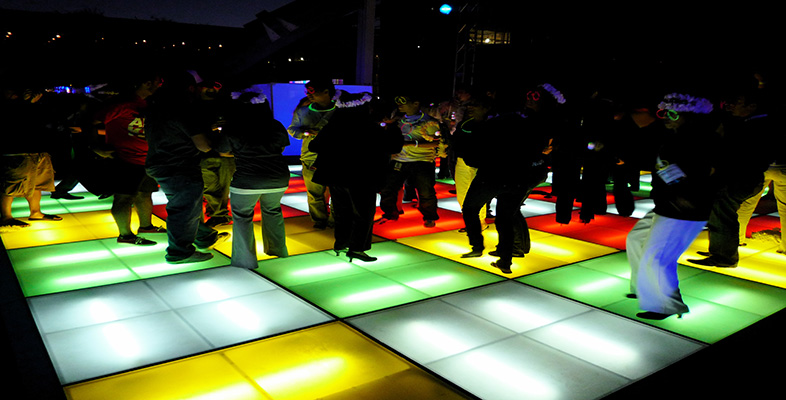Back to: PHYSICAL HEALTH EDUCATION JSS1
Welcome to class!
In today’s class, we will be talking about recreation, leisure and dance activity. Enjoy the class!
Recreation, Leisure and Dance Activity

Recreation refers to all those activities that people choose to do to refresh their bodies and minds and make their leisure time more interesting and enjoyable. Examples of recreation activities are walking, swimming, meditation, reading, playing games and dancing.
Leisure refers to the free time that people can spend away from their everyday responsibilities (e.g. work and domestic tasks) to rest, relax and enjoy life. It is during leisure time that people participate in recreation and sporting activities.
Dance, the movement of the body in a rhythmic way, usually to music and within a given space, to express an idea or emotion, release energy, or simply taking delight in the movement itself.
Types of recreation
- Physical activities (sports, games, fitness, etc.)
- Social activities (parties, banquets, picnics, etc.)
- Camping and outdoor activities (day camps, resident camps, backpacking, float trips, etc.)
- Arts and crafts activities (painting, scrapbooking, ceramics, woodworking, etc.)
- Dramatic activities (plays, puppetry, skits, etc.)
- Musical activities (singing, bands, etc.)
- Cultural activities (art appreciation, music appreciation, panels, discussion groups, etc.)
- Service activities (fun in doing things for others)
Recreation also, of course, includes activities for all age groups (children, senior adults, etc.), as well as various special populations (physically handicapped, mentally retarded, etc.). However, most people in these groups could still relate to many of the types of activities mentioned in the list above.
Participation in recreation and other activities can have many benefits for both the individual and community. These includes:
Health promotion and disease prevention:
Recreation and sports activities are an enjoyable and effective way to improve health and well-being; they can relieve stress, increase fitness, improve physical and mental health, and prevent the development of chronic diseases, such as heart disease;
Skills development:
Physical and social skills are some of the many skills that can be developed through participation in recreation and sports activities;
Awareness-raising, reduction of stigma and social inclusion:
Recreation and sports activities are a powerful, low-cost means to foster greater inclusion of people with disabilities; they bring people of all ages and abilities together for enjoyment, and provide people with disabilities the opportunity to demonstrate their strengths and abilities, and promote a positive image of disability;
International peace and development:
Universal language can be used as a powerful tool to promote peace, tolerance and understanding by bringing people together across boundaries, cultures and religions.
Empowerment:
Recreation and other activities can empower people with disabilities by positively influencing their self-confidence and self-esteem.
In our next class, we will be talking about the Importance of Food. We hope you enjoyed the class.
Should you have any further question, feel free to ask in the comment section below and trust us to respond as soon as possible.

Absolutely educative
Thanks for choosing Classnotes.ng!
Please feel free to recommend the platform to your family and friends. We can also be reached via [email protected]
Cheers!
Thanks for this. I like your site, its so explicit and direct.
Thank you for helping in my assignment God bless you Amen 🙏👄
Thanks 👍 for the class notes my daughter as lent from the class notes
Thanks 👍 for the class notes my daughter as lent from the class notes